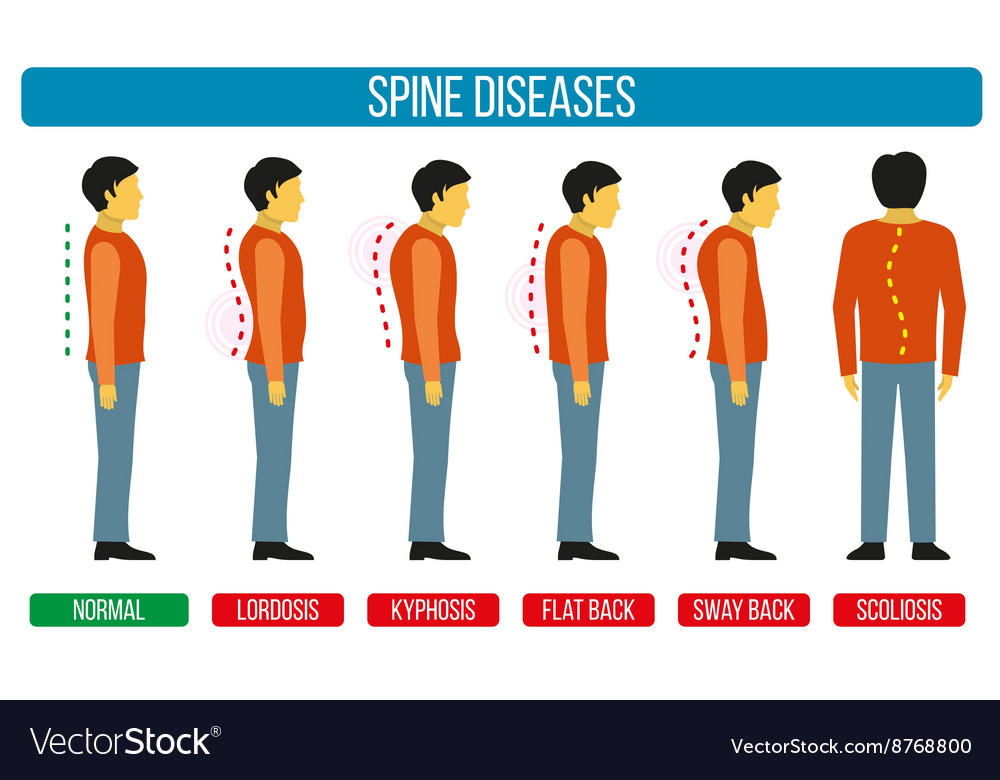Back Pain As An Indicator Of Wellness: Usual Conditions And Their Signs And Symptoms Described
Back Pain As An Indicator Of Wellness: Usual Conditions And Their Signs And Symptoms Described
Blog Article
Content Writer-Tyler Harmon
If you're experiencing neck and back pain, your body may be trying to tell you something more than just discomfort. The means your back feels can provide useful clues about your general well-being. Recognizing the details type of discomfort you're feeling and any kind of accompanying symptoms is essential to deciphering the mystery behind your pain. Let's explore the common conditions and signs and symptoms related to various sorts of pain in the back to clarify what your body might be signaling.
Sorts Of Back Pain
When it concerns back pain, there are different types that you might experience. One typical type is muscular tissue discomfort, commonly triggered by overuse, pressure, or injury to the muscles and ligaments supporting the spinal column. This sort of pain can vary from moderate pain to severe and incapacitating pain.
An additional type is nerve discomfort, which can result from conditions like herniated discs or sciatica. Nerve discomfort typically presents as a sharp, shooting experience that radiates down the leg.
Joint pain in the back can stem from concerns like arthritis or sacroiliac joint dysfunction. This kind of discomfort is usually felt in the reduced back and can be exacerbated by certain activities.
Furthermore, back pain can be related to structural troubles such as spine constriction or vertebral fractures. Recognizing the type of neck and back pain you're experiencing is crucial in determining the ideal treatment and administration strategies.
Common Manifestations to Look For
Relocating past the various sorts of pain in the back, it is essential to identify the usual signs that can signal underlying concerns.
Persistent neck and back pain that worsens with activity or during the night can indicate a more serious trouble. Feeling numb or prickling in the legs or feet, especially when accompanied by weakness, may point to a nerve-related issue. If you experience abrupt weight management together with neck and back pain, maybe an indication of a much more systemic condition.
Pay attention to any type of changes in bladder or bowel function, as this could be linked to spinal cord compression. Fever, chills, or evening sweats along with neck and back pain may signal an infection. Keep an eye out for pain that radiates down one or both legs, potentially a sign of sciatica.
Health Issues Linked to Pain In The Back
If you struggle with pain in the back, it's vital to recognize the prospective health problems linked to this discomfort. https://dominickpjeys.blogsuperapp.com/32648219/reveal-the-keys-behind-neck-discomfort-and-how-understanding-cervical-back-composition-can-aid-you-discover-alleviation in the back can be a sign of numerous underlying problems, including muscular tissue stress, herniated discs, osteo arthritis, spine stenosis, and even problems like kidney rocks or infections.
Muscle mass stress are common and frequently arise from raising hefty items or unexpected motions.
Herniated discs occur when the soft cells in between vertebrae protrudes, causing nerve irritation.
Osteo arthritis, a degenerative joint disease, can bring about back pain as cartilage wears down.
Spinal constriction, the constricting of the spine canal, can put pressure on nerves.
Kidney rocks might trigger intense back pain if they move into the urinary system tract.
Read More Here like spinal osteomyelitis can likewise materialize as neck and back pain. Understanding these prospective health problems can aid you seek proper medical care and management for your back pain.
Conclusion
So, next time your back hurts, take notice of the kind of discomfort and coming with signs and symptoms. Maybe a signal from your body concerning underlying health and wellness problems like muscle mass pressure, nerve issues, joint troubles, or even structural problems. By identifying these indications, you can take aggressive actions to resolve the root cause of your pain in the back and boost your total health and well-being.
